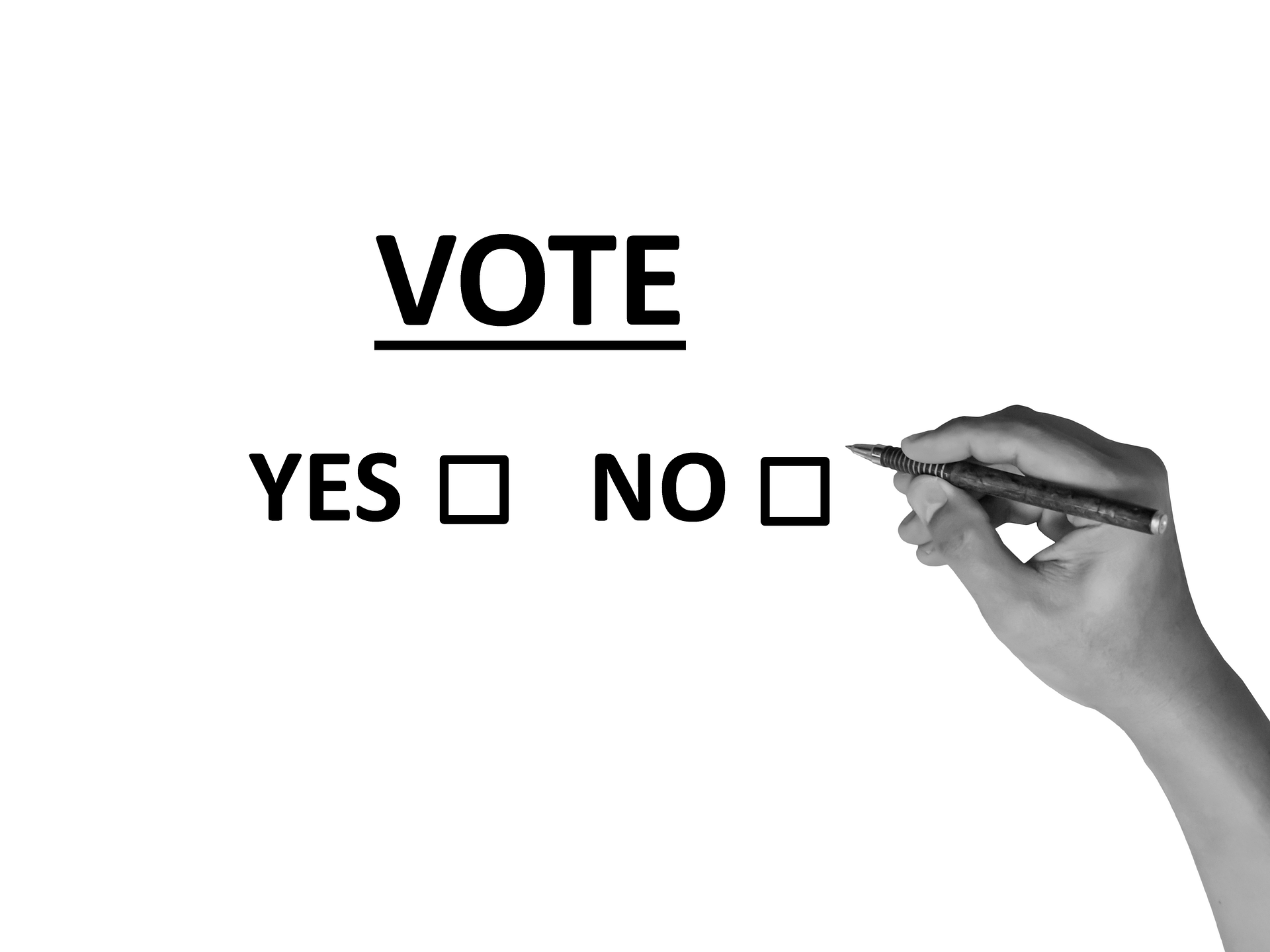Whatever happened to a Law and Order State election?
Picture credit Pixabay
Sensationalising youth crimes for political gain has been a mantra for politicians. Case in point, the recently conducted elections in Victoria where politicians of all stripes ensured gang violence was an election issue. But given that it is an election year for New South Wales, the lack of political and media voice surrounding law and order is deafening. Today’s blog contributor Dr. Elaine Fishwick (@elbowlass) tackles this issue (or lack thereof) locating it in larger worldwide trends and unravelling the present ‘policy moment’ we find ourselves in. Elaine is an academic scholar researching issues relating to human rights, social justice, access to justice, criminology, youth justice and public policy.
Usually those of us who do critical research in crime and criminal justice policy or work in the youth sector are ready and waiting with our evidence-based facts and figures and counter arguments to do battle with the media and politicians in the lead up to a State election. In the recent Victorian election, the attempt by the State Opposition and a handful of Federal government politicians to create a moral panic about African gang crime provides an example of the kind of cynical scare mongering that we usually have to deal with. Yet so far in New South Wales (fingers crossed), and with the election only just over a month away on the 23rd March, drug pill testing at festivals has been the only prominent crime related story on the NSW state hustings. It is an issue that the Labor Opposition Leader Michael Daley has dealt with calmly and rationally in contrast to the ‘don’t do drugs kids’ moral authoritarian stance of the Berejiklian government. Sadly, increases in domestic violence and sexual assault very rarely make it onto political agendas at election time and the other possible crime scandal, the fallout from the Financial Services Royal Commission is one reserved for the forthcoming Federal election. The Sydney Daily Telegraph has run a couple of stories about radicalisation in youth detention centres prompted by the call from the juvenile justice officers’ union for high security units for young people with challenging behaviours, but apart from that it’s been all quiet in NSW on the media & politics law and order front.
Not that I am complaining. As someone who researches and writes about youth justice policy (Fishwick 2018) the lack of fear mongering is very welcome and I find the relative political and media silence on youth crime really interesting. But, it is exceptional and I have been thinking through possible explanations.
Maybe it could be due to the drop in youth crime rates worldwide, there is no scary story to be told. Statistical evidence shows that on the whole youth crime rates in Australia and overseas have been falling dramatically since the mid-2000s [see Bateman 2017; Berghuis and DeWaard 2017; Payne et al. 2018). Additionally, the numbers of children and young people in custody in NSW and elsewhere have been dropping. However, the number of unsentenced young people has risen in NSW as a proportion of those in detention, and Indigenous young people are still overrepresented at all stages of the criminal justice system (AIHW 2018).
But, there a number of weaknesses in this as an explanation.
The first point being that the drop in youth crime has been happening for a while and this hasn’t stopped youth crime being an electoral issue in other years and in other jurisdictions. There was a similar reduction in youth crime rates in Victoria and it did not stop the moral panic emerging there. Second the majority of policy analytical literature tells us that both the choice of policy options, and the setting of policy/ political agendas are not solely evidence led or in many cases evidence informed (see Cairney 2019). Instead we need to look at the complex intersection of social, political and economic factors; the policy context; the influence of policy stakeholders & entrepreneurs and serendipitous events that come together to provide the backdrop to the development of policy options and agendas, especially during elections.
Although it is only speculative at this stage, it may be possible, using insights from domestic and overseas literature to identify a number of possible factors that have shaped the current situation. In the UK for example, up until the recent focus on knife crime in the media, the continued drop in crime, police community diversion performance targets, coupled with a bipartisan political approach to crime as an issue has led to the overall depoliticization of youth justice. The UK the political and policy focus over the past few years has shifted to an overwhelming concern with austerity measures including reducing expenditure on criminal justice, and more recently a preoccupation with Brexit. In other jurisdictions, social and environmental crime prevention strategies have been seen to reduce opportunities for youth crime and it is argued by many that young people tend to be out in public less, they are socialising indoors or online. The reduced public presence of young people as a whole may well be a factor in fewer numbers coming into contact with the police and less media attention, unless of course if young people are black or Indigenous where they still may face over policing in the use of stop and search. However, in NSW, unlike Victoria there have not been major public events such as the St Kilda disturbances that have prompted sensationalised news stories about young people being dangerous and scary. Neither has the Labor Opposition in NSW chosen to use dog whistle anti-immigrant fear as a basis for electoral campaigning.
The recent revelations from the Royal Commission into Institutional Responses to Child Sexual Abuse, and the horrific details of physical abuse and torture of Indigenous young people in the Don Dale Detention Centre in the Northern Territory by Four Corners and the NT Royal Commission of Inquiry might have led to a shift in the policy landscape to being one of public and political concern about children and young people as victims and ‘at risk’ of abuse rather than as offenders. In this climate the recent NSW Inspector of Custodial Services Report into use of force, segregation and solitary confinement in juvenile justice centres could provide some unwelcome attention for the government and it has been more or less kept under wraps
The Police Commissioner, Police Association, and Police Force in NSW have always been influential lobbyists on criminal justice policy but they have been far less vocal in the lead up to this election. The Commissioner appears to have adopted a low political profile. It maybe that resources are being diverted into social media as a site for public communication rather than through traditional media. And, although police have continued to receive criticism about the overpolicing of Indigenous young people, and about the State Target Management Plan, there has been a shift in many Police Area Commands (PACS) to providing community based pre-court and diversionary disposals in response to young people’s offending behaviours and an increase in the number of Youth Liaison Officers.
In NSW the lack of political attention to crime may have been also due to the fact that the electoral campaigns have been dominated by issues of infrastructure expenditure and drought as well as being completely overshadowed by Federal politics and the Federal election. The Berejiklian government might have decided to take a less dramatic, more conservative small liberal approach to issues to avoid controversy and damage to reputation.
Picture credit Pixabay
None of the these factors alone can explain the law and order political silence but it is the constellation of all of the above at this particular policy moment that so far has made life a little easier for youth justice advocates, at least for now.


